Archives
Buck/Hood Punk Fixed Blade Survival Knife Review
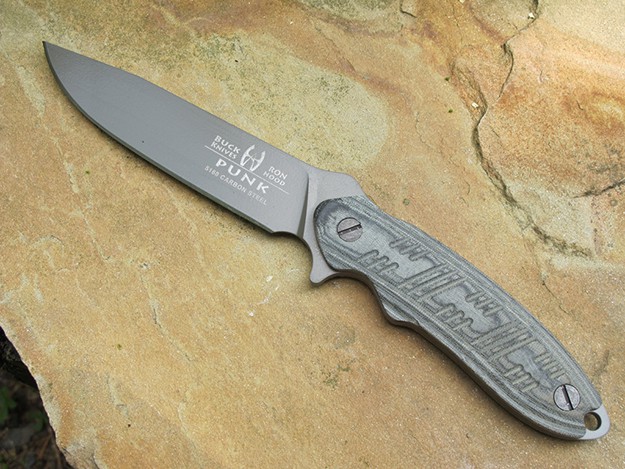
In previous articles, we discussed choosing a fixed blade survival knife. Check them out in the links below:
A knife is one of the more important pieces of equipment you can have with you in a survival situation. As such, a good, survival appropriate, fixed blade knife is your best choice for inclusion in a survival kit or BOB (Bug Out Bag) or equivalent, and/or to be strapped on when an emergency is likely. In this article, we will consider a contender for “Best Survival Knife”.
As mentioned in the general articles, there are two classes of fixed blade knife which can be appropriate for survival scenarios, the “bush” (medium) knife and the “field” (large) knife. This knife belongs to the bush class.
Why did I consider this knife?
Buck knives? Are you kidding me? As far as I can recall, my first “real” knife was a Buck 110 folding “Hunter” knife and I still remember it fondly. That model knife was the culmination of a story which began at the turn of the last century. Hoyt Buck, a young blacksmith, was attempting to discover an improved way of tempering steel so it would hold an edge longer. He succeeded and completed his first such knife in 1902. In the following years, he hand made knives using old files as the raw material. In 1945, he and his son Al formed H.H. Buck and Son to formalize the knife making business. After Hoyt’s death, Al continued the business and incorporated as Buck Knives Inc, in 1961. The Buck 110 “lock blade” revolutionized the knife industry in 1964. Al’s grandson, CJ Buck is currently the forth Buck at the helm of the family company. As an aside, for much of the company’s history, they were affiliated with heat treating expert Paul Bos, who developed a heat/freeze/reheat process which can result in knives which are sharper out of the box and can stay sharp longer. Good steel is only part of what makes excellent knives; appropriate heat treating is also key.
Three out of five of the knives which Buck claims are for “survival” were designed by Ron Hood and built by Buck to their own standards; thus they are called “Buck/Hood” models. Ron, now deceased, was a survival expert and owner of the “Hood’s Woods” and “www.survival.com” sources of survival information and training. His wife, Karen, is continuing his work, including knife design; two models of which are currently available from CRKT (Columbia River Knife & Tool).
As mentioned, Ron Hood designed three survival knives for Buck; one bush, one field and one in between. Buck also has an inexpensive bush knife and another intermediate knife. The Buck/Hood knives are not cheap, and the Punk was the first one I found a good deal on.
The Specs
| Blade Length | 5 5/8″ | Overall Length | 11″ |
| Blade Width | 1 3/16″ | Weight (Knife Only) |
7.5 oz |
| Blade Steel | 5160 | Grip Material | Micarta |
| Blade Shape | Clip Point | Guard Type | Half, Molded into the tang |
| Blade Grind | Flat | False Edge | No |
| Blade Thickness | 0.18″ | Spine “Jimping” | No |
| Choil | Yes | Lanyard Hole | Yes |
| Made in | USA |
Special Features: Gray powder coating on blade
Initial Impressions
This is a very impressive knife. The edges of the grip panels are unusually square and sharp, but the only grip where I could really “feel” that was the reverse grip and even then it was not too uncomfortable. However, these edges might wear on you during extensive use; if so, perhaps a slight rounding would tame them. There is a nice thumb ramp, but it has no jimping, so is not particularly secure in the saber grip, but the back of it is also ramped, so the Filipino and choke grips are quite comfortable. There is a finger choil, which the edge of the blade runs into; I’ve griped about that in earlier knife reviews, but it is so common these days that you just have to be careful using such knives in the choke grip to avoid slicing your own finger. The edges of the grip are smooth and slippery; the sides are moderately well grooved. Overall, it is fairly slip resistant dry, wet, and with a bit of vegetable oil.
It is a clip point, but a fairly short and straight clip, which usually is quite acceptable for a survival blade. The tip is a bit narrower than I prefer, but since the steel is so good, it should be fine. It came razor sharp, not the sharpest knife I’ve seen but a contender for number two. The tang extends past the grip and is rounded with a small radius. It might server as a glass breaker or “skull cracker” for someone with small hands; it does not extend far enough beyond my hand to be reliable for those functions. Balance is right behind the guard, optimal for most purposes other than chopping. The blade is quite nimble.
The edges of the spine are fairly sharp but have a smooth coating, so it is unclear how useful they might be.
The lanyard hole is nicely sized and the edges have a slight chamfer, so lanyard wear seems unlikely. If this turns out to be a problem, the hole is through the tang, so it would not be practical to round the edges more.
The blade coating is fairly smooth, so should not have any impact on function, and does not reflect light.
The sheath is a good example of the nylon style sheath, with lots of attachment options. Retention is pretty good.
Obviously, the proof is in the pudding, so to speak, but this appears it could be an exceptional choice.
The Steel
This is made of 5160 “spring” steel, a high end carbon steel. It is primarily known for it’s toughness, as well as improved edge retention. It is at it’s best for extended use when hardened to near 60; this knife is advertised to be hardened to 57-58. so should be “just right”. It does however, rust easily, so it would be wise to protect the edge and any place where the blade coating has been etched or scraped away. Protect it from getting wet, and if it does, dry it off as quickly and thoroughly as is practical.
As it came plenty sharp, I did not try sharpening it. Fifty slices through cardboard (which it did quite easily) did seem to reduce the razor sharpness, but it was still quite good at slicing paper and tomatoes.
To summarize, it appears that the steel has low rust resistance compensated for somewhat by the blade coating, high strength, superior edge capability, good or better ease of sharpening, very good resistance to chipping and at least good edge holding capability.
Evaluation
General tasks
- Cutting cord – This is often necessary during construction of shelter, fishing, sewing and making snares and traps, as well as other times. As the most commonly available to survivalists, I tried fish line and paracord, as well as 3/8″ Manila and 3/4″ Sisal, just because fish line and paracord would seem to be trivial for any knife worth having. Cutting the fish line was no problem, as was cutting paracord under tension and laying on a flat surface. It went right through the Manila and Sisal.
- Making notches in branches – This could be required for shelter construction and making snares or traps, as well as other times. This did rather well at this. It seemed to cut with the grain nicely, and was sharp enough to make the perpendicular stop cut adequately.
- Trimming/Sharpening/smoothing branches – This would be for shelter construction, as well as making arrows, spears, stakes, walking sticks and even bows. The knife did a fairly good job of this.
- Pounding in stakes – This could be required for making shelters, snares and traps. This knife is not set up to perform this function.
Firemaking
- Use with a magnesium bar or ferrocerium rod using the edge of the spine works well, but does mark up the coating fairly seriously.
- Making a “featherstick” with this knife is fairly easy; it can make your choice of big or small curls, and does not require excessive control to keep those curls attached to the base stick.
- Drilling a hole (for a fire drill) was fairly easy. The tip is a bit narrow, but is a high grade spring steel, so should not bend or break under most imaginable conditions.
- Batoning for access to tinder or making kindling from logs worked pretty well. It did scratch up the coating fairly significantly.
Food Gathering/Preparation
- Use as a throwing knife – A word to the wise, don’t. If you throw your knife, you may not get it back, or it can be damaged. If made of a good quality carbon steel, like this one, the chances of damage are reduced but not eliminated. With the design and a balance point at 59%, this one actually worked as a throwing knife, but I did lose it for a while just in my back yard, underscoring that throwing your survival knife is a poor idea. Because these are not cheap, if you insist on throwing them, get cheap throwing knives to learn the techniques and develop reasonable accuracy, and then get another one of these to dedicate to practice so there is no chance of damaging or weakening your actual survival knife.
- Use as a spear – Turning your knife into a spear gives you additional reach, and with a good spring steel blade, you can even throw the spear and the knife is likely to survive such treatment. The grip panels can be removed using a large, straight screwdriver, and there is a large hole in the middle of the tang, so this should be fairly easy to lash to a shaft. Although in my experience, any offset from center makes the spear throw ineffectually. But without the grip panels, the knife should be practical to lash into a centered slot in the shaft, and this will throw optimally. Note that the handle had a curve, so when fastening it to/into the shaft, make sure the blade, not the grip, is in line with the shaft. Also, again for practice purposes, use a cheap similar knife to avoid damage or weakening of your actual survival knife.
- This chops veggies pretty well and the blade shape should be fairly good for skinning and butchering. It is likely to be decent for filleting as well.
- Digging for grubs and bait. It is hard to imagine anything which can dull or damage a knife quicker than digging with it. This is pretty good steel, but don’t dig with it unless you have with you a way to repair and resharpen the blade.
Chopping
- Sticks or fronds – For shelter and other construction, splints and firewood. This knife is a bit better chopper than many bush knives, but not great.
Defense
- The grip and point are not the best possible for combat, but they are quite decent. The balance and relative narrowness of the blade make it more appropriate for combat than most bush knives. The blade length is too short to be exceptional, but is adequate in many cases. There is, of course, little protection from your opponents blade, but it is better at preventing your hand from sliding onto your own blade than many knives of this design, except if using the saber grip. I would say this knife could actually be considered a “combat” knife.
Sheath
The sheath is made of nylon or equivalent, and appears to be quite high quality. The cloth seems to be a bit more stiffened than is usual in this class of sheath. The blade protector has a wide throat for easy insertion, and appears to be thick enough and well enough secured. It is, however, not fitted, so there is a lot of rattle with the grip retention strap not fastened. With the strap fastened, there is almost no rattle, and putting the knife in “backwards” works fine for a left hand carry. The grip strap is snap fastened, and works easily. There is an additional paracord loop with spring clip, which can provide additional retention, at the cost of greatly extending the draw time. On the front is a nice, buckle closed pouch, with enough height adjustment for most reasonable uses.
The belt loop is Velcro closed, so you can add or remove it from the belt without affecting other items attached, although there is a strap across it which blocks access of some of the Velcro. I would be concerned it might not be secure enough unless I carefully threaded the Velcro UNDER the strap, which would discard the ability for easy belt attachment. Why that @*&(#@$ strap? Turns out it is to allow you to fold the belt loop over and fasten it with the Molle strap for a higher carry. OK, maybe it is acceptable. Below the belt loop is a Molle system for fastening the sheath to appropriately set up packs and vests (or to hold the folded over belt loop in place), There are pairs of grommets below and above the grip strap for the auxiliary retention cord or to provide other lashing attachment methods. Oddly enough, there are straps across the back of the belt loop. I don’t know the design purpose, but I found that they, in conjunction with the Molle straps, allow a horizontal carry. There are two grommets at the bottom, for the included leg cord if sheath flop is a problem.
Accessories
From Buck, you can get replacement sheaths. It does not appear to have caught on with the custom sheath makers.
Price and Availability
The list price of the Punk at this point in time is $200.00. You can usually find them on eBay usually for $95 to $105.
It is listed as being in stock at the company, and there are a bunch of people selling it new and occasionally used on eBay, as auctions (perhaps cheaper) and Buy It Now (quicker). Alternately, Amazon has it for a good price, and it is on the Prime program, although tax will be added.
Conclusions
I’m quite impressed with this knife, but it bugs me that there is no jimping on the thumb ramp. Why not? It’s not an expensive or difficult process, and it would improve the usefulness of the saber grip. The blade coating seems overly soft and easily subject to scratching. Other than these minor quirks, it is a superior bush knife, either on its own (the limited chopping capability is acceptable for a bush knife) or as part of a field/bush knife set. And it is even fairly usable as a combat knife. So far, I’d have to say this is might be the “best” of the bush knives I’ve tested to date. Others may excel in one area or another, but overall, this one seems the most versatile.
If you like things to be in “sets”, Buck has what appears to be the field version of this, the “Hoodlum”, which looks to be similar. Hopefully I can find a deal on it so it can be run through it’s paces to see if it is a fitting companion for the Punk. The same family of knives also includes the Thug, which is too short to be a good field knife, and too long to be a good bush knife, but might be a pretty good combat knife.
Benchmade HK Feint Fixed Blade Knife Review
Kabar BK&T Machax Knife Review
Camillus CK-9 Fixed Blade Knife Review
-

 Do It Yourself7 months ago
Do It Yourself7 months agoParacord Projects | 36 Cool Paracord Ideas For Your Paracord Survival Projects
-

 Do It Yourself10 months ago
Do It Yourself10 months agoHow To Make Paracord Survival Bracelets | DIY Survival Prepping
-

 Do It Yourself9 months ago
Do It Yourself9 months ago21 Home Remedies For Toothache Pain Relief
-

 Do It Yourself10 months ago
Do It Yourself10 months agoSurvival DIY: How To Melt Aluminum Cans For Casting
-

 Exports8 months ago
Exports8 months agoAre Switchblades Legal? Knife Laws By State

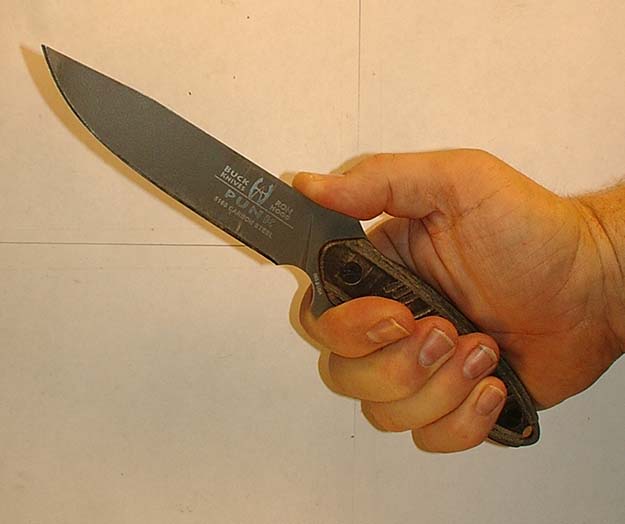
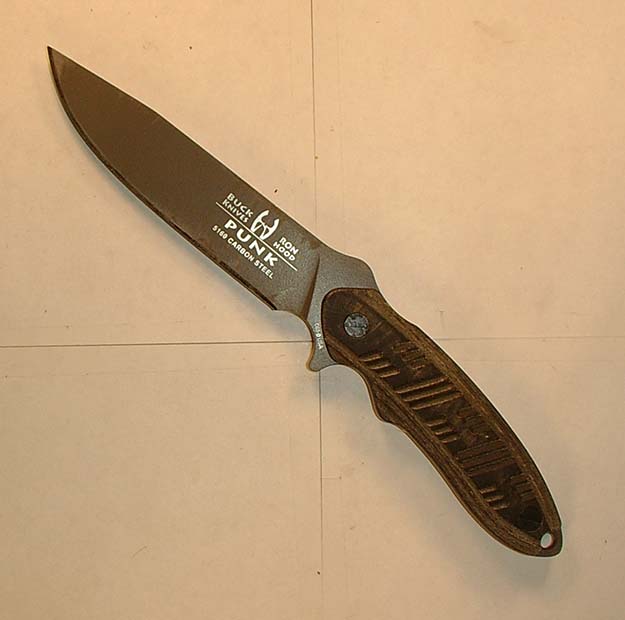
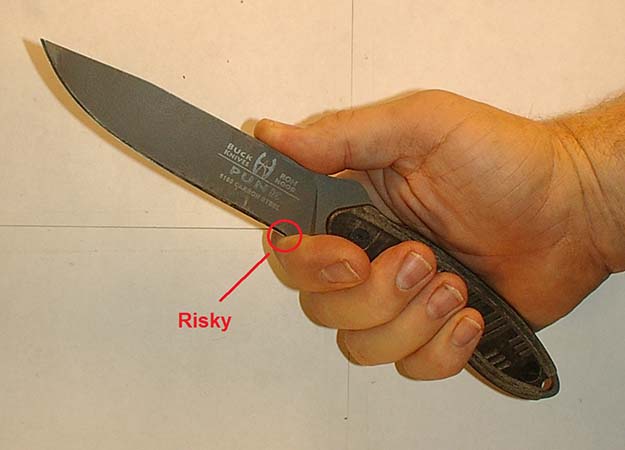
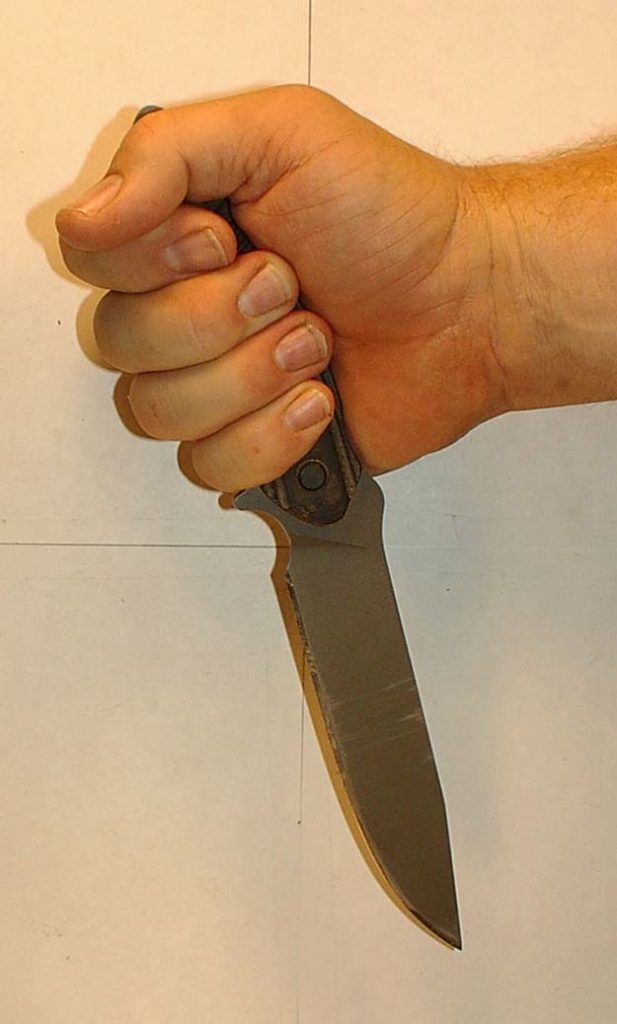
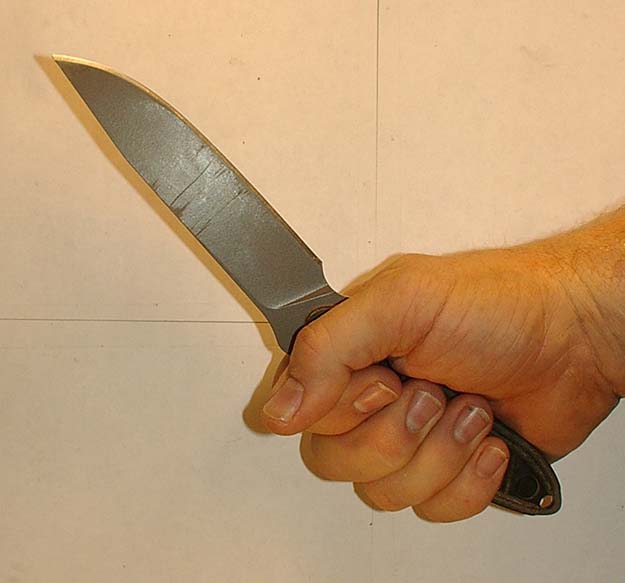

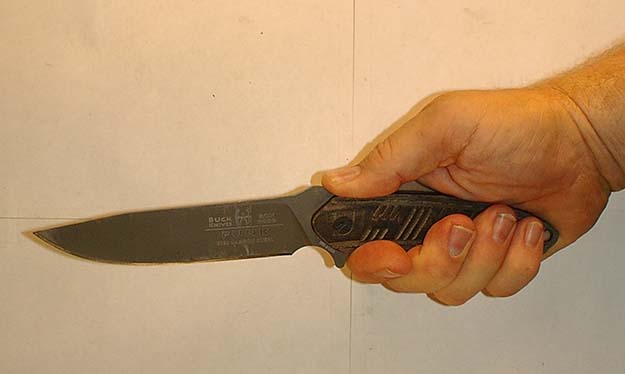
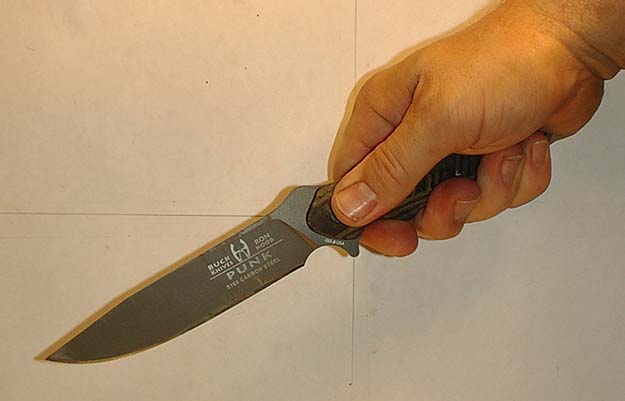
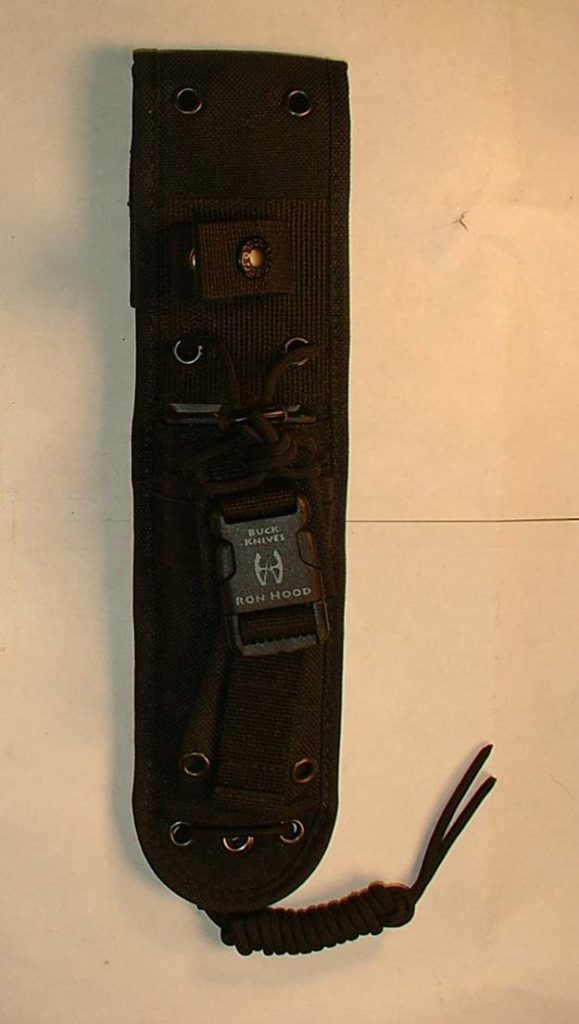
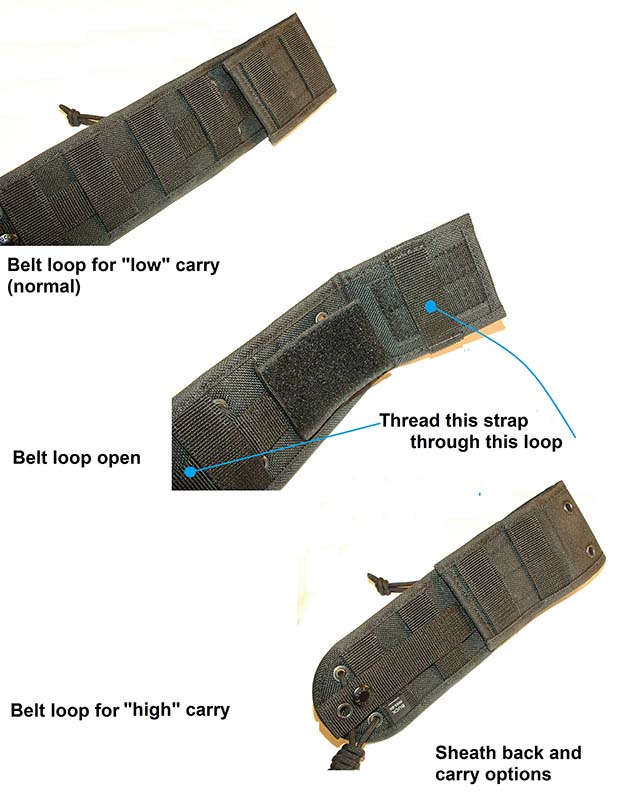
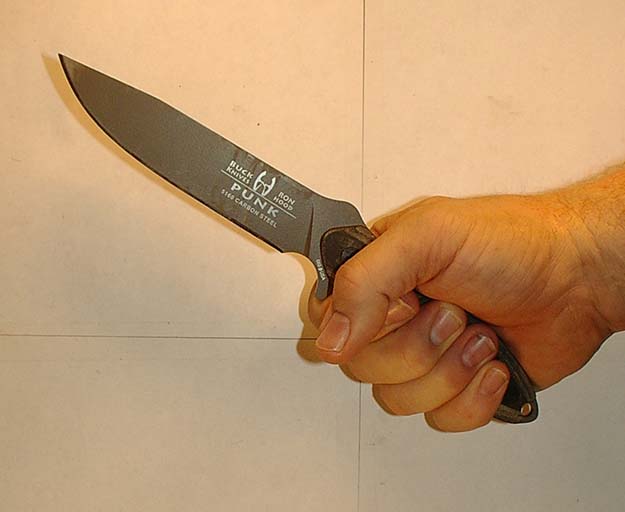

Pingback: Even More (Bush) Knife Reviews | equippedcat
Pingback: 7 Fixed Blade Knives That Will Never Fail You | Survival Life
Pingback: 7 Fixed Blade Knives That Will Never Fail You In A Survival Situation | Survival Life
Pingback: Choosing a Fixed Blade Survival Knife: Part 3
Pingback: 23 Best Survival Knife Brands You Can Trust | Survival Life
Pingback: GASHER Straight Outdoor Survival Knives with Leg Straps & Sheath, Ra · Tech Personal Care